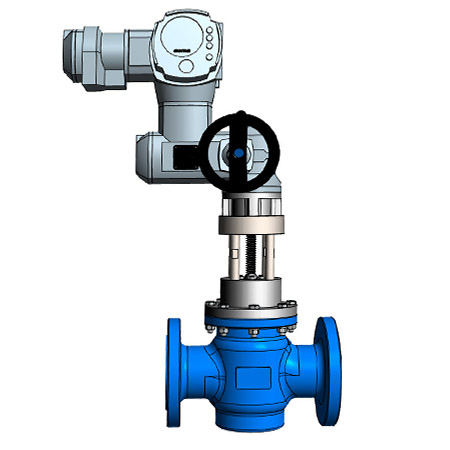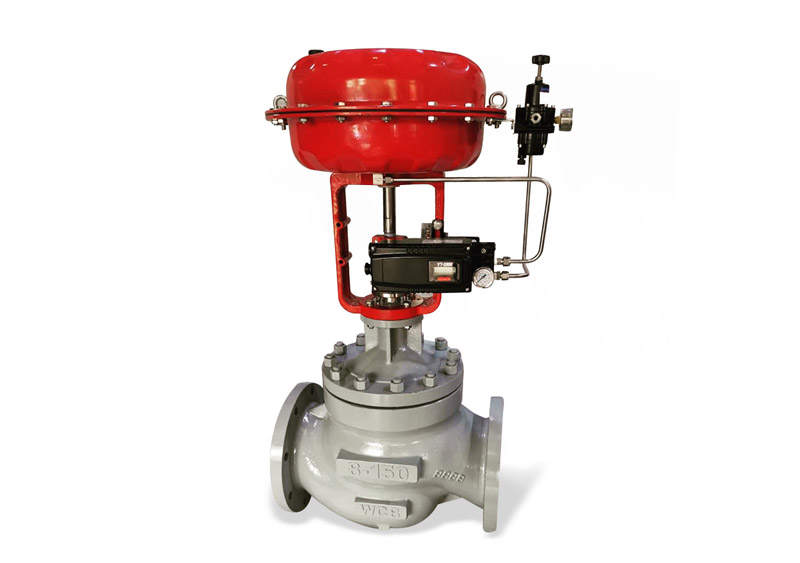Recognizing the Relevance of Control Valves in Process Automation
Recognizing the Relevance of Control Valves in Process Automation
Blog Article

Maximize Energy Financial Savings and Comfort With Advanced Building Automation Controls
In the realm of modern-day architecture and facility administration, the assimilation of innovative building automation manages stands as a crucial development. By harnessing the power of automation, structures can adapt, react, and advance in ways that were as soon as unimaginable.
Energy Efficiency Benefits
Power performance advantages can significantly minimize power consumption and functional prices in buildings. By executing energy-efficient practices and technologies, structure proprietors and drivers can accomplish considerable savings while additionally adding to ecological sustainability. Among the key advantages of enhancing energy effectiveness in buildings is the reduction of utility costs. Energy-efficient systems, such as sophisticated structure automation controls, can optimize making use of sources like home heating, lighting, and cooling, resulting in lower power expenditures over time.
In addition, boosted energy efficiency can lengthen the life expectancy of building devices and systems. By operating a lot more efficiently, cooling and heating systems, light, and various other structure components experience much less wear and tear, resulting in decreased maintenance and substitute expenses. Furthermore, energy-efficient structures typically regulate greater home values and rental rates, offering long-lasting economic advantages to owners.
Furthermore, energy performance can improve owner convenience and performance. Correctly regulated interior settings with ideal lights and thermal problems produce an even more enjoyable and helpful work area, causing enhanced employee fulfillment and efficiency. Generally, the power efficiency advantages associated with advanced structure automation controls are multifaceted, encompassing price savings, environmental stewardship, and resident health.
Improved Convenience Control
Enhancing comfort control in building atmospheres requires an advanced assimilation of innovative automation systems for ideal occupant health. By using advanced structure automation controls, centers can tailor the interior setting to satisfy the particular requirements and preferences of passengers. control valves.
By including these innovative controls, structures can not only improve convenience but likewise boost energy efficiency by enhancing system operations based on real tenancy and use patterns. Eventually, focusing on occupant convenience via sophisticated automation systems leads to a more pleasurable and healthier indoor atmosphere.
Functional Efficiency Improvements

Additionally, the application of real-time tracking and analytics devices enables structure drivers to recognize power ineffectiveness and operational anomalies immediately. By continuously monitoring energy usage patterns and system performance metrics, changes can be made in real-time to maximize energy consumption and make certain peak functional performance. control valves. Additionally, incorporating demand reaction methods right into building automation controls can additionally improve functional efficiency by dynamically readjusting energy usage based upon grid problems and rates signals
Indoor Climate Optimization
Effective interior environment optimization is a fundamental aspect of building automation controls, ensuring passengers' comfort and wellness while maximizing continue reading this energy cost savings. By making use of sophisticated sensing units and controls, constructing automation systems can continuously keep track of and change temperature level, humidity degrees, air top quality, and air flow to develop an optimum interior atmosphere. Keeping consistent and comfy problems not just boosts owner satisfaction yet additionally improves efficiency and total wellness.
Interior climate optimization likewise plays an important function in energy efficiency. By fine-tuning heating, air flow, and cooling systems based upon real-time information and tenancy patterns, developing automation controls can considerably reduce power intake - control valves. For circumstances, implementing techniques such as demand-controlled ventilation and thermal zoning can assist lessen energy waste while making certain that each area of the building obtains the essential conditioning.

Sustainable Atmosphere Development
Building automation regulates not only optimize interior climate problems for energy efficiency and resident convenience yet also lay the foundation for creating a lasting setting through critical management of sources and systems. By incorporating advanced structure automation innovations, such as sensors, actuators, and smart software application, facilities can check and readjust power use in real-time to reduce waste and reduce their carbon footprint. These systems make it possible for predictive upkeep, identifying potential problems before they intensify and optimizing devices performance to enhance long life and performance.
Moreover, lasting environment creation prolongs past energy administration to include water preservation, waste reduction, and interior air high quality improvement. Structure automation controls can manage water usage, find leakages, and make certain appropriate waste disposal practices, contributing to total sustainability efforts. Furthermore, by managing and monitoring ventilation and filtering systems, these modern technologies enhance owner health and wellness and efficiency while decreasing power intake linked with cooling and heating operations.
Final Thought
Finally, advanced building automation controls offer substantial advantages in terms of power cost savings, comfort control, operational performance, indoor climate optimization, and creating a lasting environment. By carrying out these controls, structures can attain ideal efficiency while lowering energy consumption and boosting owner convenience. It appears that using sophisticated automation modern technology is vital in enhancing structure efficiency and producing a more sustainable future.
Energy performance advantages can dramatically minimize energy consumption and functional prices in structures. Overall, the power effectiveness benefits connected with sophisticated structure automation controls are multifaceted, incorporating expense financial savings, ecological stewardship, and passenger well-being.
Furthermore, including demand action approaches into structure automation controls find out here can additionally improve operational effectiveness by dynamically changing power use based on grid problems and pricing signals.
Building automation manages not just maximize indoor climate problems for energy effectiveness and owner convenience however likewise lay go to this website the structure for developing a lasting setting via tactical administration of resources and systems.In verdict, advanced building automation regulates offer substantial benefits in terms of energy financial savings, comfort control, operational effectiveness, interior climate optimization, and developing a lasting atmosphere.
Report this page